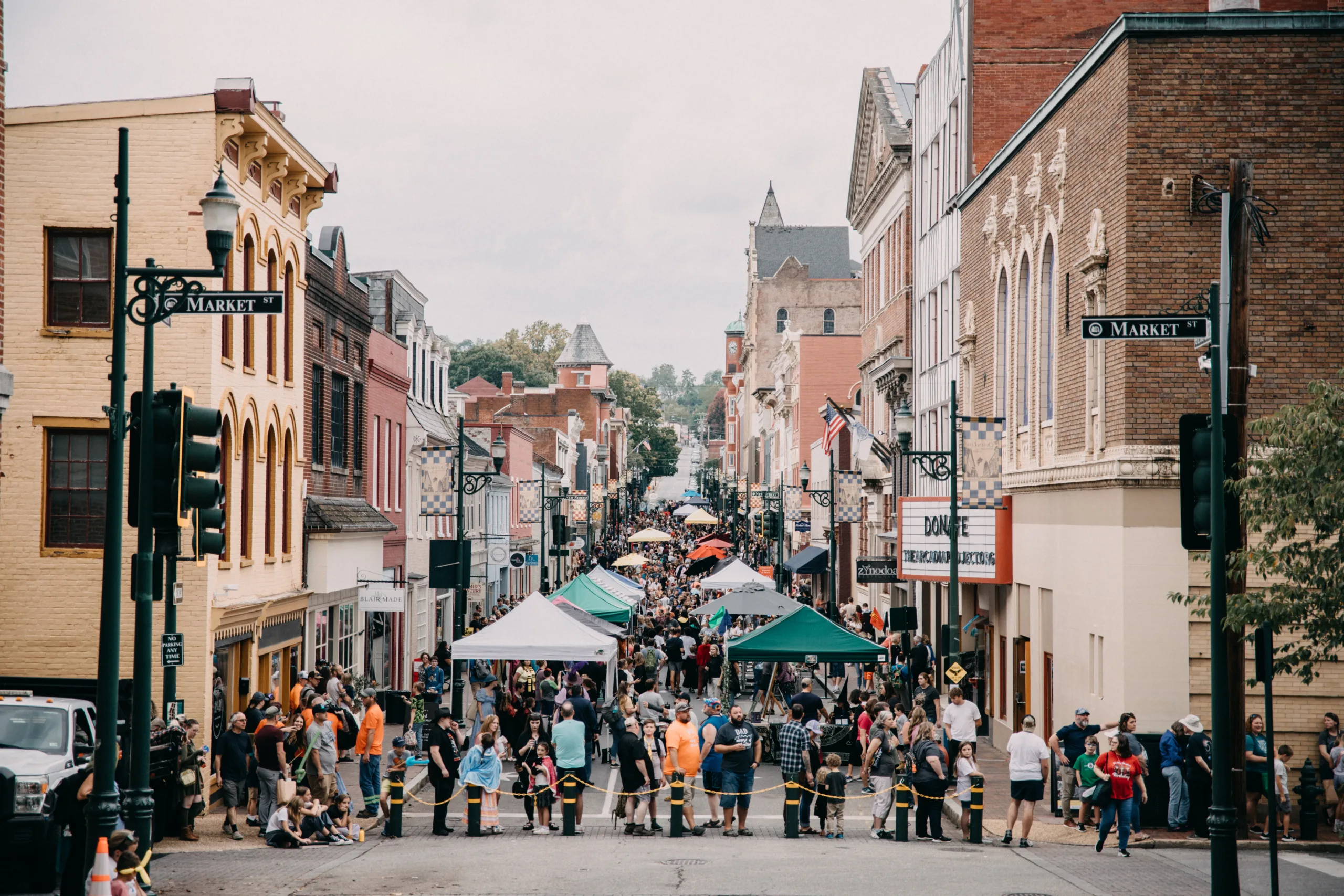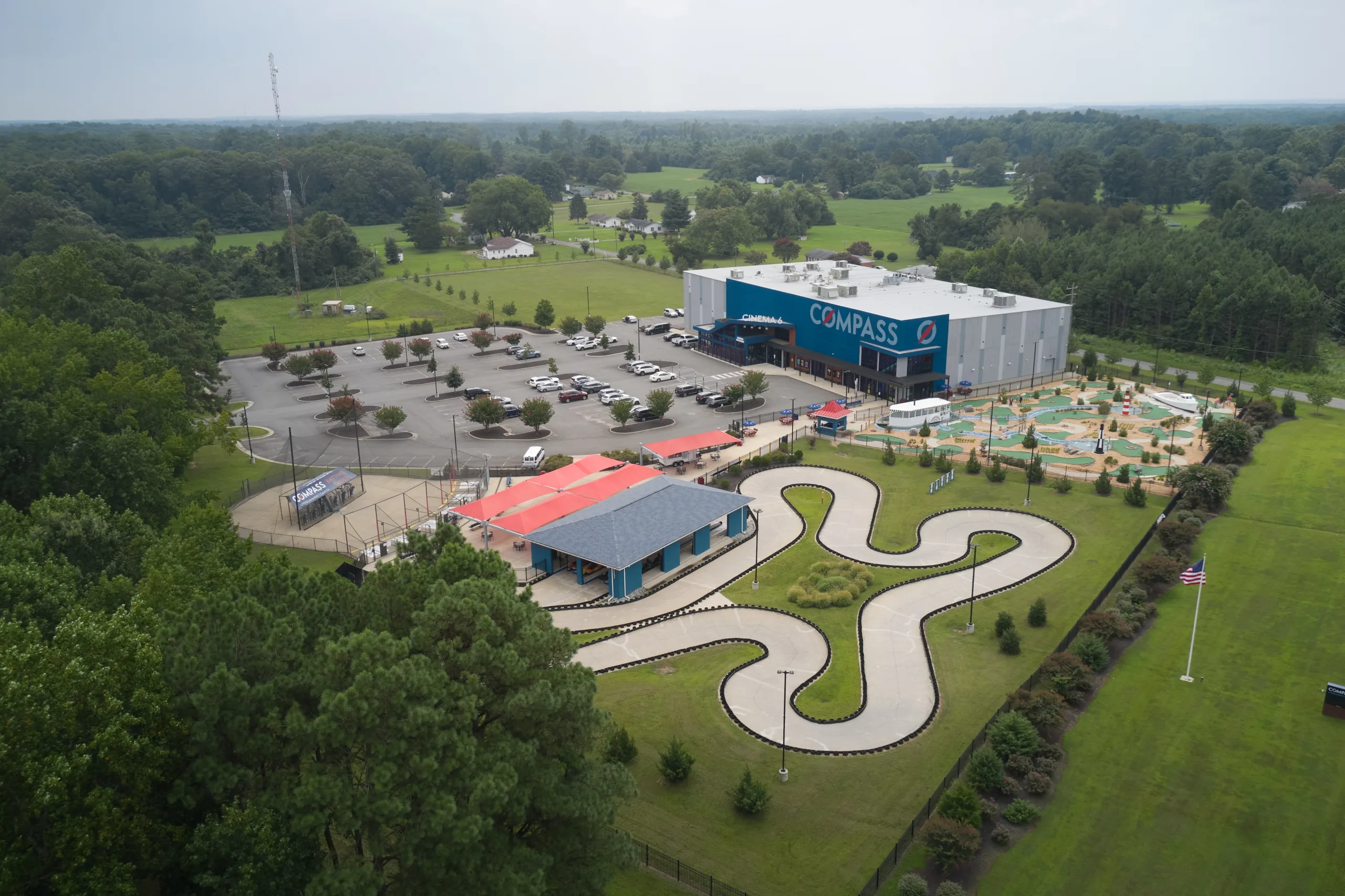This winter was the fourth warmest on record for Virginia.

Daffodils
Daffodils were among the many flowers making an early appearance this winter.
If it seems like spring started right after Christmas, weather data shows that assessment is fairly accurate. Virginia experienced the fourth warmest winter on record, throwing the plant kingdom off its usual schedule.
According to temperature rankings from NOAA, the National Oceanic and Atmospheric Administration, the three-month period from December 2011 through February 2012 was the fourth warmest for Virginia and the contiguous United States since data collection began in 1895. It was the warmest winter Virginia has experienced since 1950.
January 2012 was the 24th driest January on record for Virginia. Although it may have been difficult to notice in the middle of winter, the eastern half of the Commonwealth was in severe drought during January due to a 2- to 2.74-inch precipitation deficit. Fortunately, February proved to be a slightly wetter month, bringing Virginia to a mere .45-inch deficit.
As a gardener, it was interesting to observe how my plants reacted to the warmer-than-usual temperatures. My camellia, which normally blooms in early March, started opening its pink buds in January and had completely finished blooming by the beginning of March. My daffodils were done with their yellow parade several weeks ahead of schedule. Forsythia, japonica, cherry trees and other harbingers of early spring made an unseasonable appearance throughout January and February.
Another oddity—the foliage of some perennial plants remained green instead of turning brown and dormant as usual. Warmer temperatures can also affect life cycles of insects and migratory patterns of birds, among other living things.
As much as I love flowers and warm weather, I’d rather have a normal winter followed by a proper burst of spring, not this bizarre pseudo-spring. It will be interesting to see what additional surprises will result from Virginia’s fourth warmest winter.








